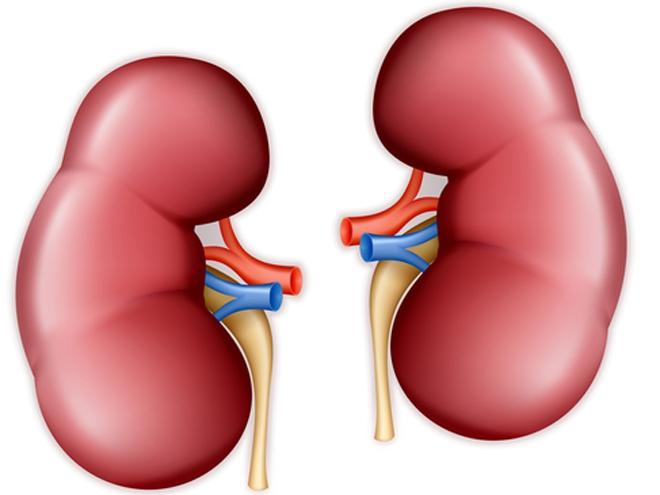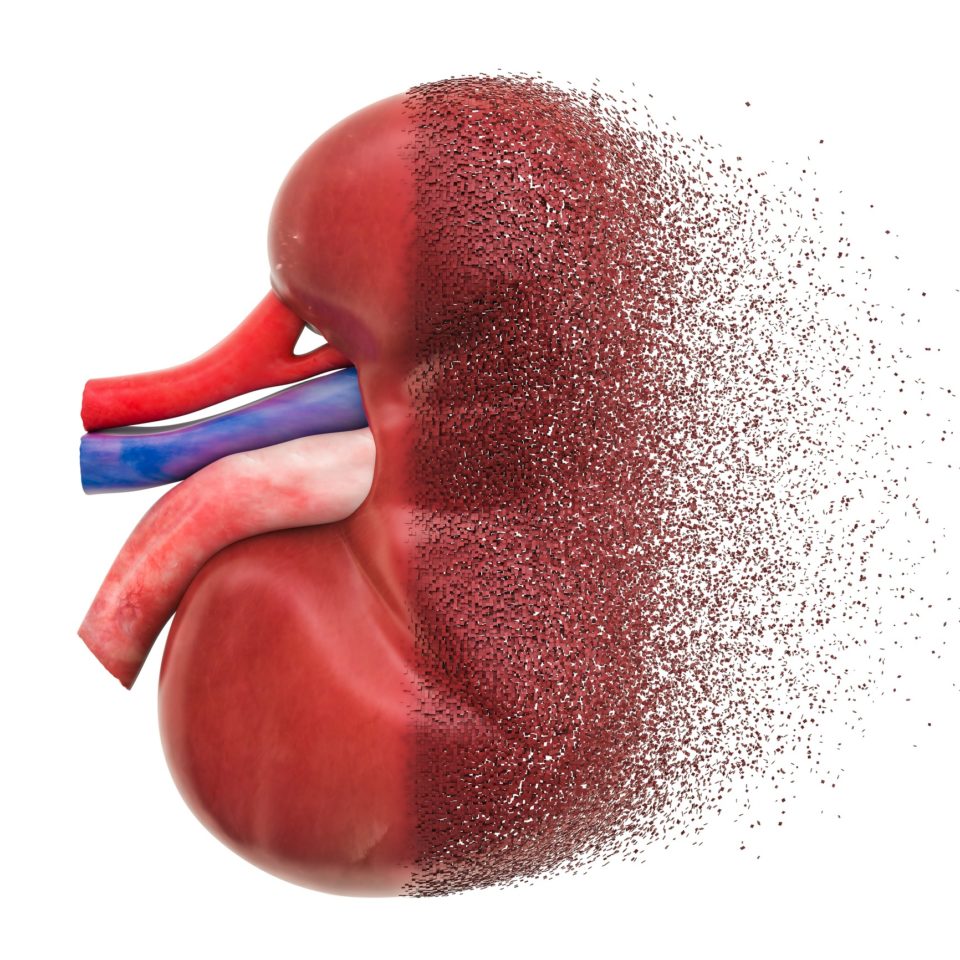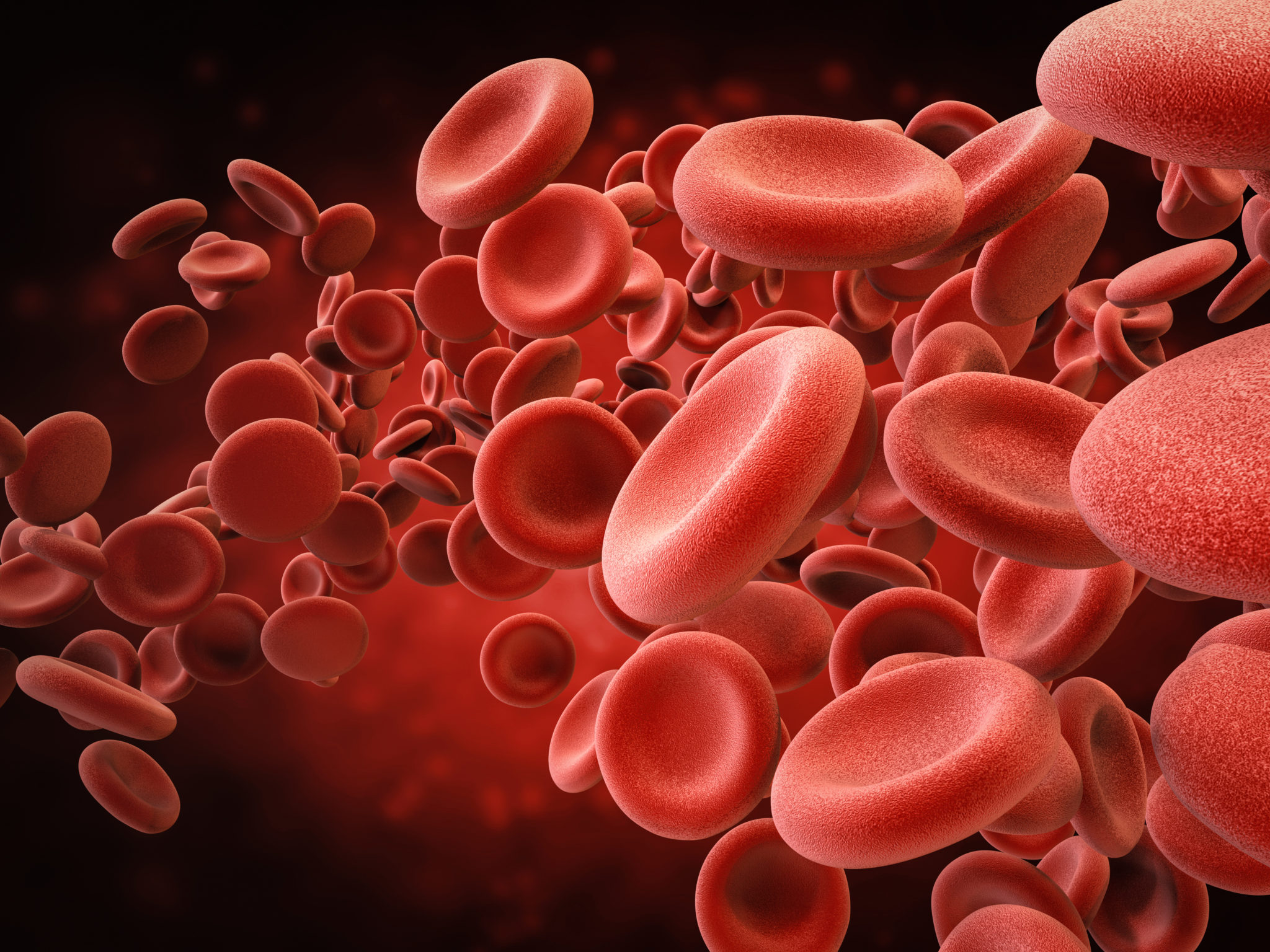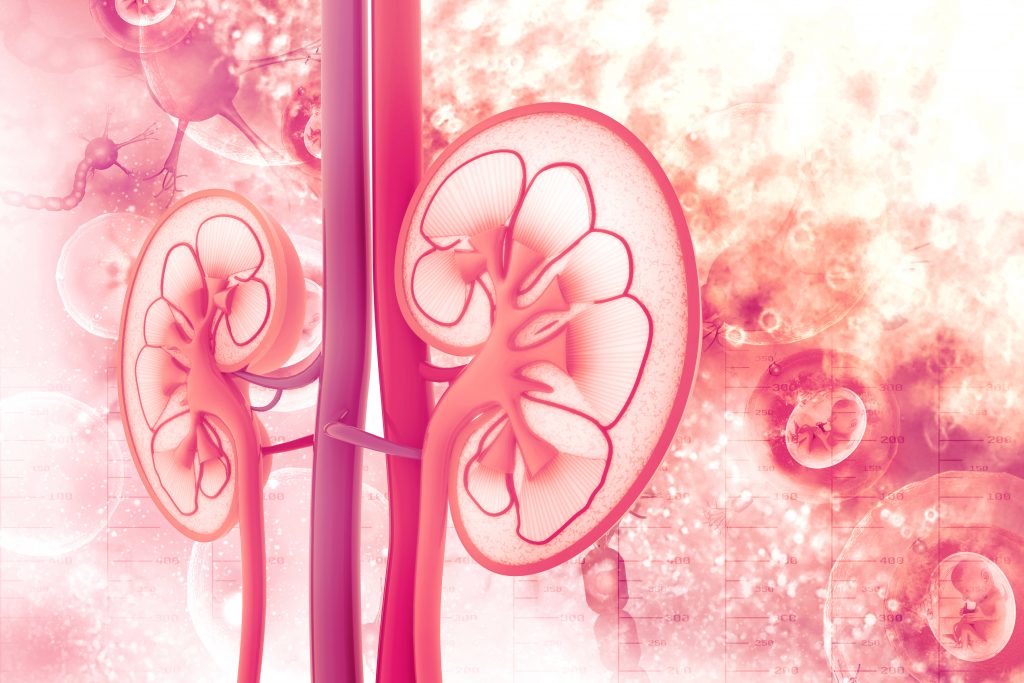A significant proportion of patients with end-stage kidney disease who are undergoing dialysis are affected by chronic kidney disease-associated pruritus (CKD-aP). CKD-aP is a potentially distressing condition that can have negative effects on patients’ mental and physical health-related quality of life, and has been linked to adverse clinical outcomes, included increased mortality.
However, according to Lucio Manenti and Emanuela Leuci, despite the adverse effects of CKD-aP on patients, evidence from real-world studies suggest that CKD-aP can be overlooked by nephrologists and under-reported by patients. Itch is subjective and the diagnosis of CKD-aP is often dependent on patient reporting of the symptom. In the Clinical Kidney Journal, the researchers presented a guide to aid clinicians in diagnosing and measuring CKD-aP pruritus in patients on dialysis [doi.org/10.1093/ckj/sfab143].
Awareness of CKD-aP and the availability of effective treatments can aid clinicians in reducing the burden of the condition on patients. It is crucial that nephrologists and other healthcare providers routinely ask their patients if they are experiencing itch. The differential diagnosis of CKD-aP requires a step-by-step identification and exclusion of possible alternative or concomitant causes of itch.
There are several simple validated self-reported assessment scales suitable for use in everyday clinical practice. The scales are designed to evaluate the presence and severity of itch in a time-efficient manner. The impact of CKD-aP on the health-related quality of life among patients on hemodialysis should also be evaluated on a regular basis.
“This review provides a comprehensive overview of the differential diagnosis of CKD-aP and the diagnostic tools that are available to identity itch and quantify its severity and impact on patient health-related quality of life. A suggested algorithm, to guide the screening, diagnosis, and assessment of CKD-aP among dialysis patients in real-world practice is provided,” the researchers said.
Source: https://academic.oup.com/ckj/article/14/Supplement_3/i8/6482000








